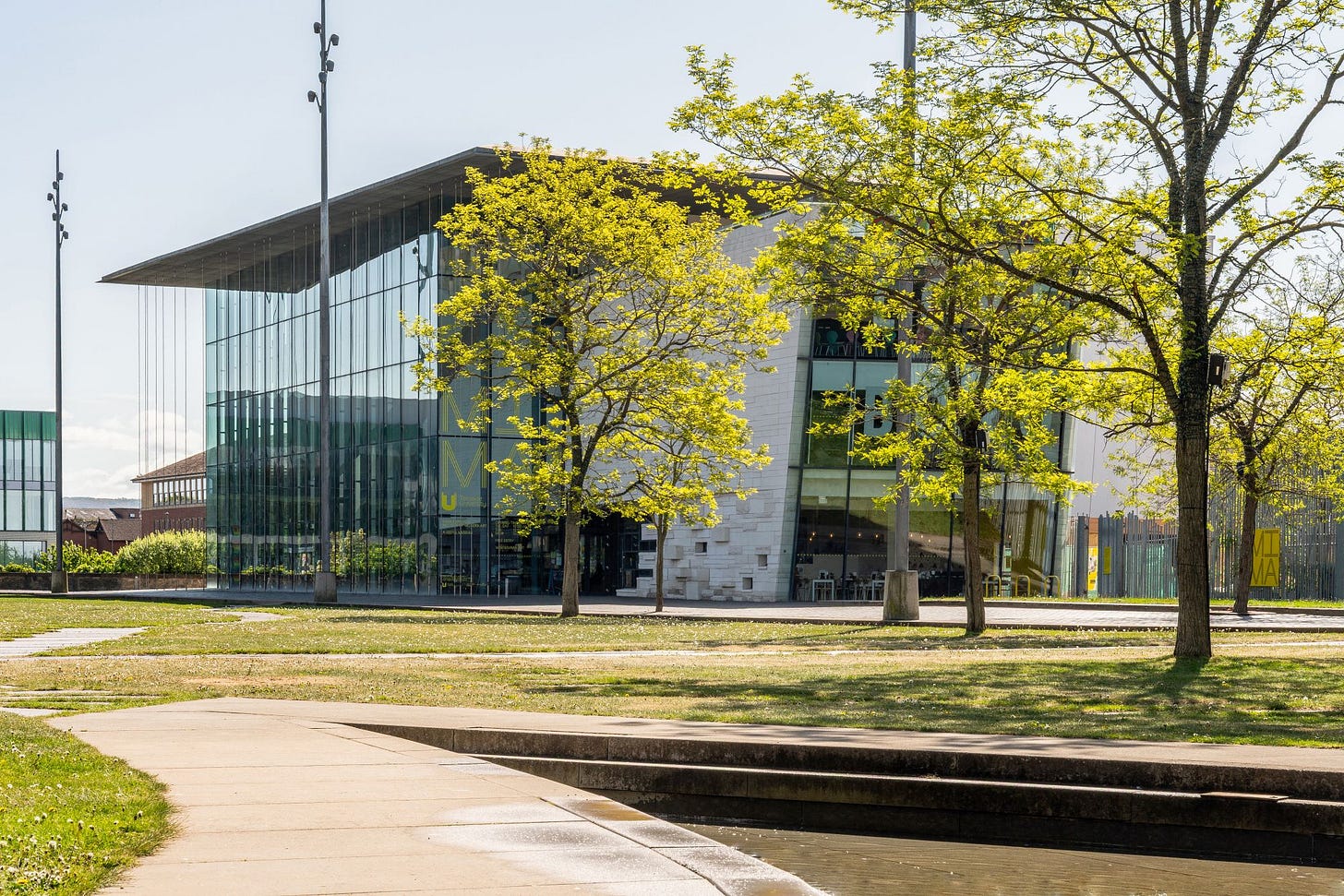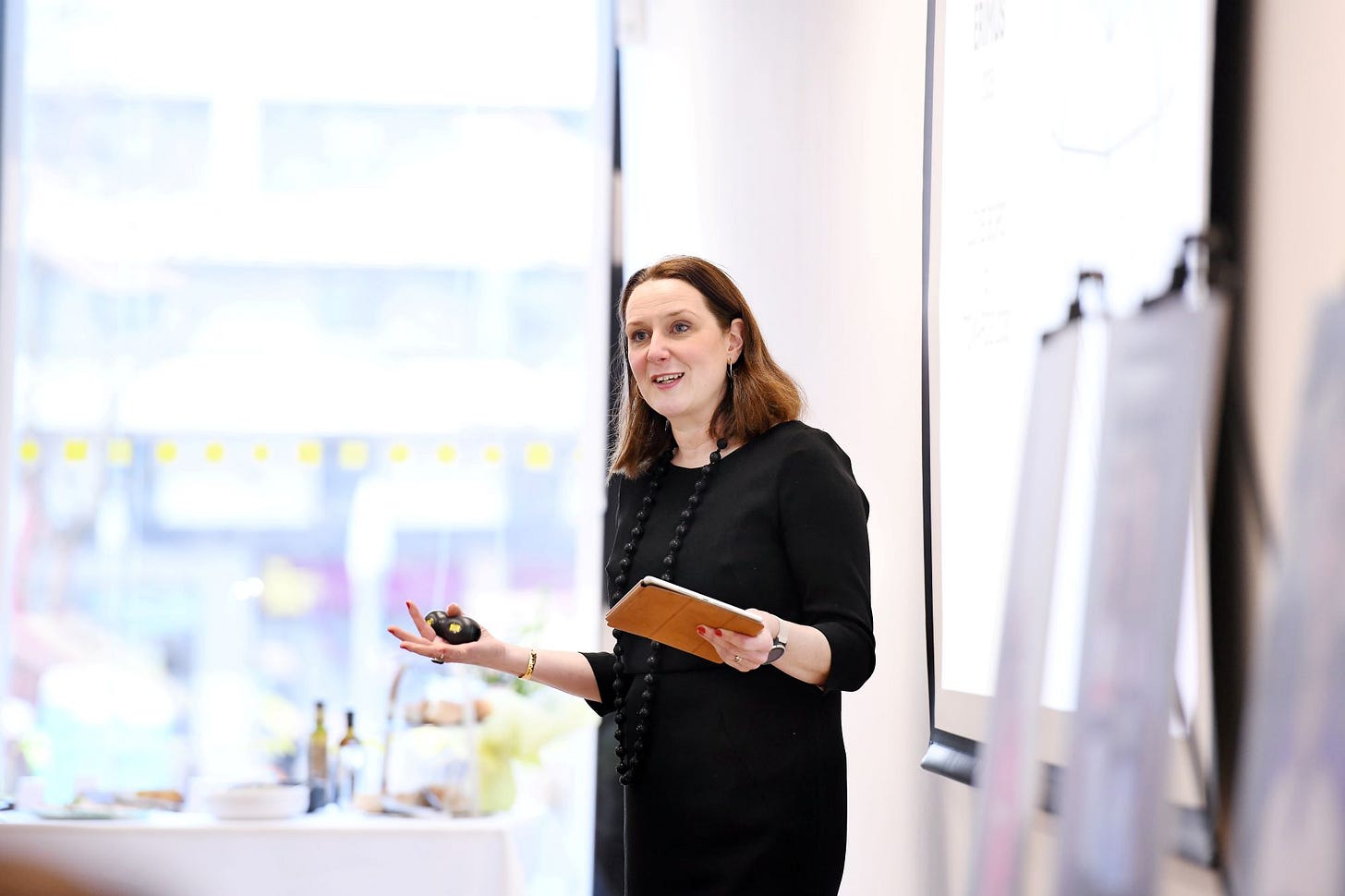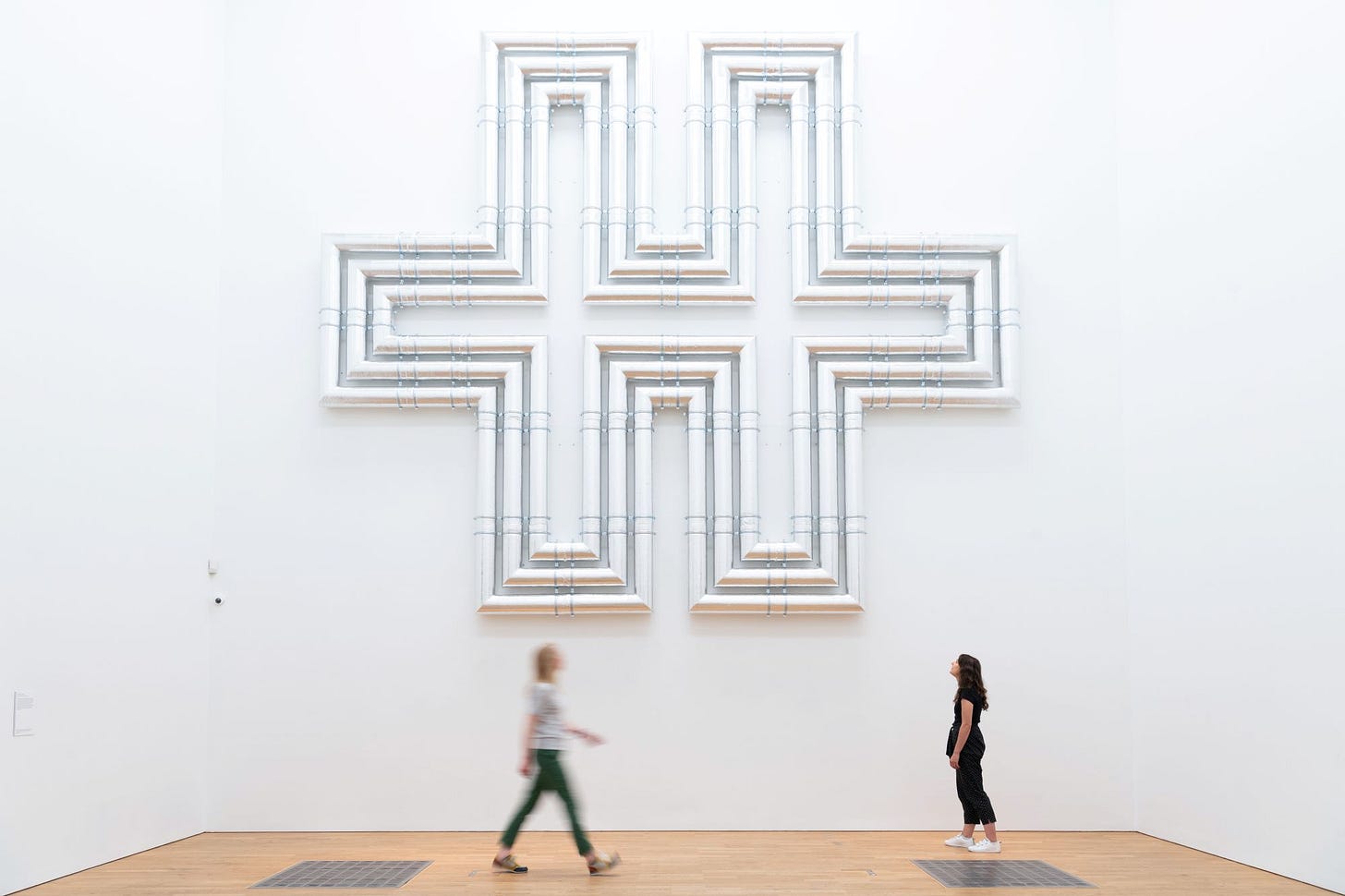Turner Prize a fillip to Middlesbrough's ambitions
Controversial art contest returns to the region
The Turner Prize is to return to the North East for the first time in 15 years, with MIMA, in Middlesbrough, scheduled to host the 2026 exhibition of the shortlisted artists’ work.
In 2011 it was Baltic, in Gateshead, which hosted it, attracting a record attendance of nearly 150,000 people – including, at the televised announcement of the winner, a streaker who raised few eyebrows in a place which only a few years previously had staged American photographer Spencer Tunick’s mass disrobing.
It’s undoubtedly an accolade for MIMA, which astonishingly will be celebrating its 20th anniversary in 2027.
Director Dr Laura Sillars, who is also dean of culture and creativity at Teesside University (MIMA, previously council-run, having become part of the university in 2014), was understandably delighted.
“Hosting an event of this magnitude showcases the leading role MIMA plays in developing and building the contemporary arts ecosystem locally, nationally and internationally,” she said.
“Bringing the Turner Prize to Middlesbrough will connect artistic communities, bringing a global focus to our thriving arts scene.
“We’re planning a fabulous set of events and projects to ensure visitors have a brilliant experience when they come to Middlesbrough.”
Prof Paul Croney, university vice-chancellor and chief executive, said MIMA’s work was central to its mission to transform lives.
“Through its thriving arts, curating and cultural leadership courses and arts research, it propels students into creative careers and supports artists to international success,” he said.
“Hosting the Turner Prize exemplifies our ambition and commitment to seeing art and culture thrive in the Tees Valley, the UK and internationally.”
The mayors were tickled too, Ben Houchen (Tees Valley) calling it “a major coup” that would bring investment, visitors and opportunity, and Chris Cooke (Middlesbrough) “a massive win for Middlesbrough” in its efforts to change perceptions and highlight “the brilliant things that happen here every day”.
It’s ironic, really, because while the Turner Prize invariably brings with it attention and publicity, it’s also guaranteed to bring disapproval by the bucketload.
Some critics will be sniffy when the shortlist is announced because some always are; and some visitors, when they see the shortlisted artists’ work on display, will say they could have done better themselves with a blindfold on – because some always do.
The famously acerbic art critic Brian Sewell called the Turner Prize an annual farce on a par with the Christmas panto. The likely lads from Viz comic brought him to the North East once to cast his eye over the glories of Gateshead. I buttonholed him at Baltic and he hid in the toilets.
Tracey Emin was shortlisted in 1999 and then notoriously exhibited My Bed which some might have argued put the ‘slum’ into slumber.
And when two men were arrested for having a pillow fight on it in their underwear, police were unimpressed by their explanation that it was an art performance called Two Naked Men Jump into Tracey's Bed.
Tracey didn’t win (film-maker Steve McQueen did and the Newcastle-born Wilson twins, Jane and Louise, were also shortlisted) but it didn’t do her any harm. She became hugely famous and is now a dame – and not the panto variety.
Stirring the pot in 1993, a pair of well-heeled mischief makers set up an alternative Anti-Turner Prize, offering £40,000 (the same then as the Turner Prize) to the “worst artist in Britain”. The shortlist was the same as that for the Turner Prize, so Rachel Whiteread won both.
After refusing the money, she was told it would therefore be burnt, so changed her mind and gave it to charity.
The following year’s Turner Prize was won by Antony Gormley and supposedly it smoothed the path to The Angel of the North becoming a Gateshead landmark in 1998.
Organised by Tate, the Turner Prize is named in honour of the great landscape painter JMW Turner.
It was founded by a group called the Patrons of New Art under the directorship of Alan Bowness, director of the Tate Gallery in the 1980s, who wanted to encourage wider interest in contemporary art.
The group also believed there should be an art award comparable to the Booker Prize, awarded annually for a novel.
The first recipient of the Turner Prize, in 1984, was the painter Malcolm Morley who had been based for many years in America.
Over the years the Turner Prize has evolved. No longer a sort of lifetime achievement award, neither is it age-restricted as it was for several years (over 50s not being eligible).
The Turner Prize is open to British artists, meaning those working primarily in Britain or who were born in Britain and work globally.
A different judging panel is appointed each year and tasked with assembling a shortlist of artists who must have exhibited over the past year.
These artists are then invited to contribute to an exhibition (although it isn’t this they’re judged on) which opens to the public in the autumn.
The winner is announced at a televised ceremony in December with a well-known figure presenting the prize. At Baltic in 2011 it was the celebrity photographer Mario Testino, undaunted by the streaker’s bid to upstage him.
The prize to the winner these days is £25,000, with the other three shortlisted artists receiving £10,000 each.
Middlesbrough’s artistic credentials are pretty sound.
MIMA holds an impressive municipal art collection, as well as showing contemporary work, and nearby are landmark sculptures by Claes Oldenburg (Bottle of Notes) and Sir Anish Kapoor (Temenos), winner of the Turner Prize in 1991.
Various grassroots galleries and art organisations have sprung up in the town and Middlesbrough Art Week (taking place this year from September 25 to October 4) has grown impressively.
This year cultural leaders in the town launched Towards 2030, described as a road map to the Middlesbrough’s bicentenary and Teesside University’s centenary.
More than £80m has been pledged by public and private organisations to launch the strategy which includes developing new creative facilities, including artists’ studios and workshops, and restoring two Grade II listed buildings for cultural use.
The Turner Prize can only add to the fun.






